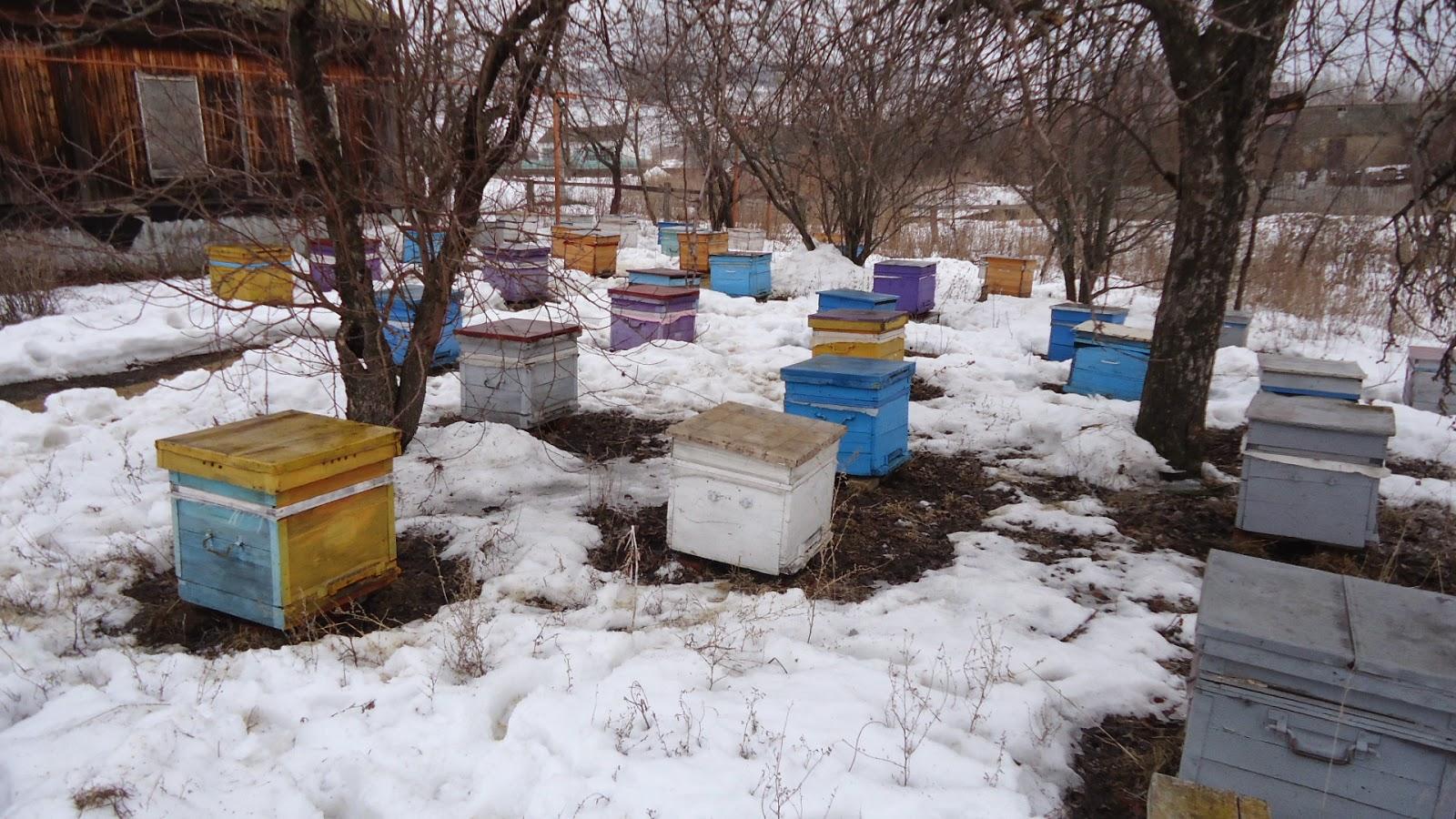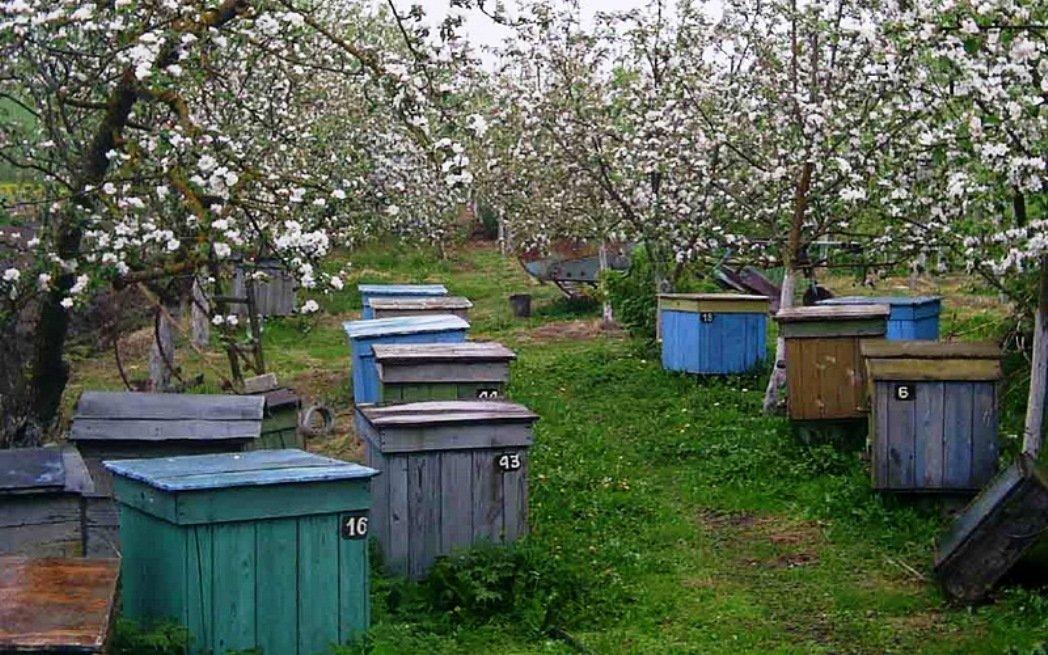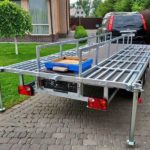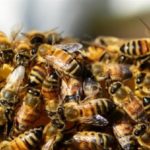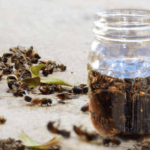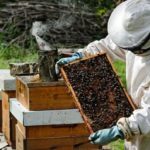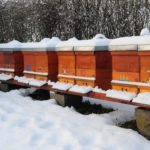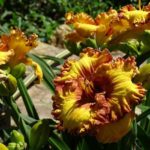Spring is considered a fairly important period for any beekeeper. Caring for bees in spring has a number of characteristic features. During this period, it is necessary to carry out a number of works, eliminate the consequences of wintering and create favorable conditions for the cultivation and development of strong families. To do this, it is necessary to ensure sufficient food supplies, suitable temperature conditions, and high-quality honeycombs. Disease prevention is of great importance.
Where to start?
Spring work must begin with preparing the site for the apiary. It is worth considering the following:
- Calculate the required area to place the bees that survived the winter there.Where snow cannot be removed, ash can be used. The optimal interval between hives is 4 meters.
- To prevent the bees from landing on the cold ground after returning from their first flight, straw or hay should be scattered around the point.
- Prepare stands for hives. You can make them yourself or purchase ready-made ones. It is important to create a slope on the side of the tap hole.
- Clear the apiary of debris and large branches. When the weather is good, it is time to put out the hives.
Bee exhibition
The hives must be removed from the winter hut when the air temperature in the shade is at least +14 degrees. Typically, such parameters are typical for mid-April or early May.
To detect nosematosis or varroatosis, it is recommended to send 40-50 bees from each colony to the laboratory. Before removing the hives, the entrances must be closed, and the hives must be insulated with pillows. This must be done carefully so as not to disturb the insects.
After installing the hives, it is necessary to open the entrances. In order for insects to remember the location of their hive, small bundles of straw should be placed on the flight boards. Before removing the hives, it is worth preparing 1 frame with 3 kilograms of honey and bee bread for each family. It is recommended to bring the nest into a warm room at night.
Preparing the exhibition site
Before the spring exhibition of bees, you need to prepare an apiary or point. Under normal weather conditions, hive stands should be prepared and placed. They must have a slight forward tilt. Then you should perform the take-out itself.
If you need to remove several hives at the end of winter, it is recommended to clear the area under the hive and the path to it. Some beekeepers even make snow borders around the hive.At the same time, they leave a passage in front. Thanks to this, it is possible to protect the bees from the winter wind.
Taking the hives outside
A bee exhibition in the spring is considered a very important event. To carry it out, you need to carefully choose the time. It is desirable that the changeable spring weather be good.
Removal must be completed by 11-12 noon. In a large apiary, work should begin in the evening, so that by morning all families can enjoy the coming of spring. If there are not too many hives, it is worth doing the work early.
It is recommended to start the procedure with the fact that in the dark you need to come to the winter hut and close the entrance well. When performing the manipulation in the morning, the entrances should be closed before sunrise. Then, without haste or noise, you should take the hives outside and place them on stands. Only after this is it allowed to open the entrances and release the bees.
Further care
To make spring care successful, you should follow certain rules:
- Change the insulation material every year.
- To remove bee houses in the spring, use a special stretcher. They just make it easier to take out. In addition, it helps to avoid disturbing insects.
- When treating hives for diseases in the spring, it is recommended to clean them and treat them with disinfectants from the inside.
- In winter and cold spring, hives can be heated.
- The higher the temperature parameters in the hive, the more restless the insects become. As a result, the need for food increases.
- Spring removal must be carried out in an apiary fenced from the wind.
- When the queen is lost, the bees perform their first flight sluggishly and disunitedly. They can crawl along the board and return home.Such signs indicate that there are certain problems with the uterus or that it has completely died.
- Pay attention to signs of nosematosis. This is evidenced by the presence of insect feces on the flight board and the facade of the hive.
- Pay attention to the symptoms of acarapidosis. When an infection occurs, insects fall out of the entrance in groups, crawl, and die with their wings spread in different directions.
It is worth considering that the use of additional electrical heating helps to triple the productivity of one bee colony. This is due to the fact that insects have to spend less energy maintaining the temperature in the colony.
In spring, bees need special care. In order for insects to develop normally and bring a lot of honey, it is necessary to conduct the exhibition correctly. They also need to be provided with continued care.

